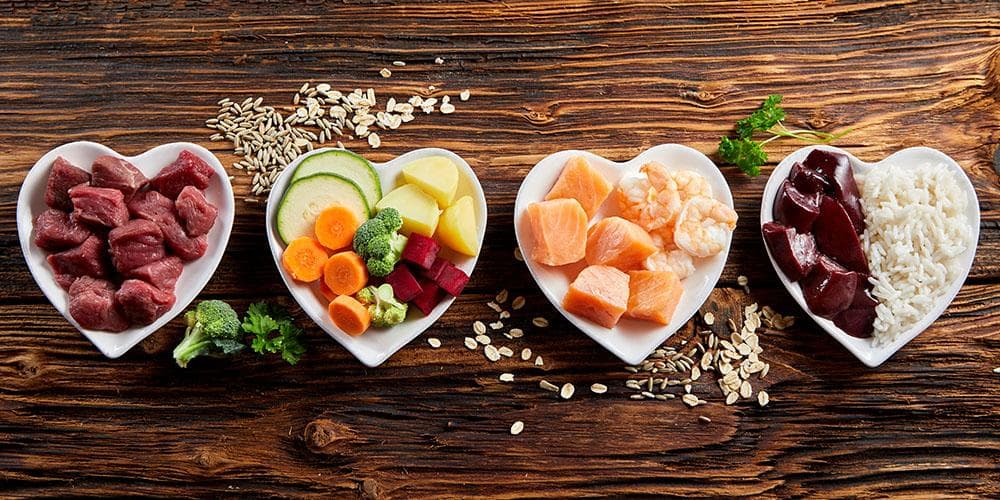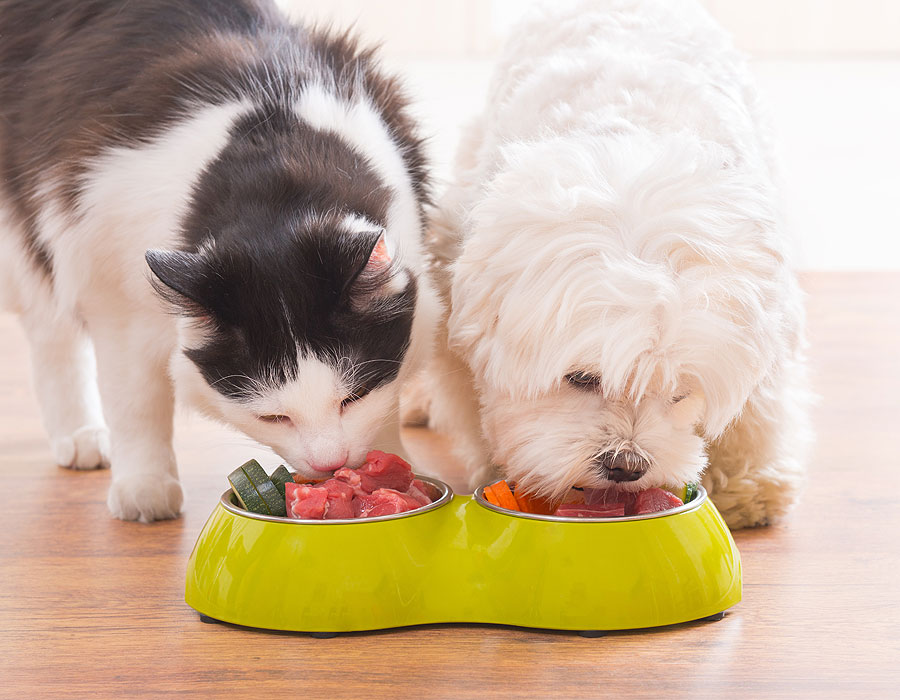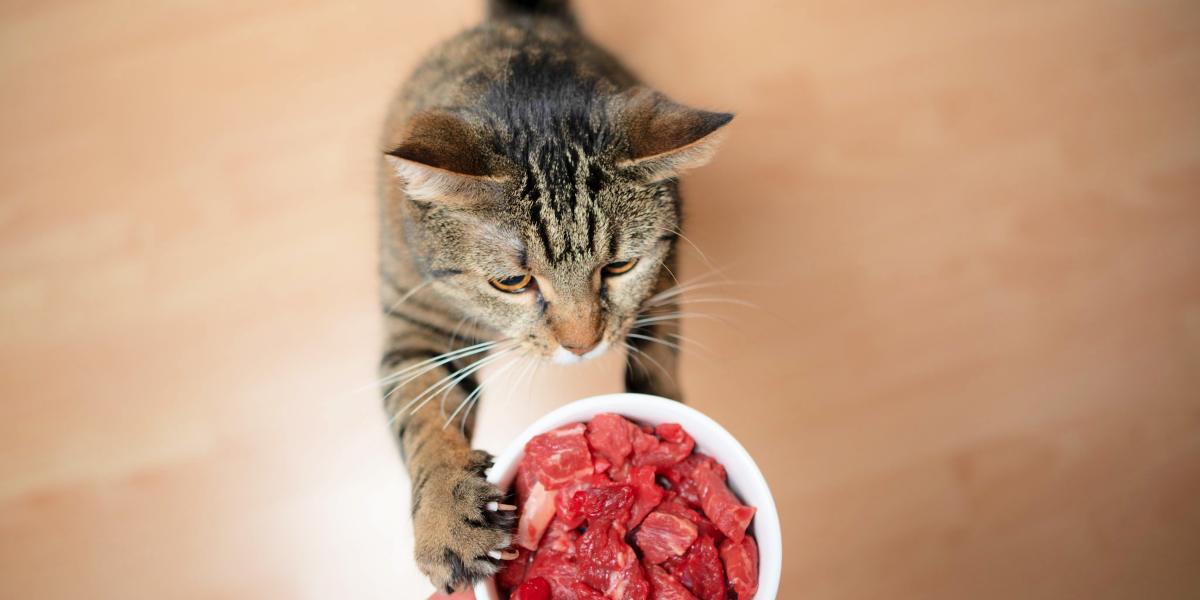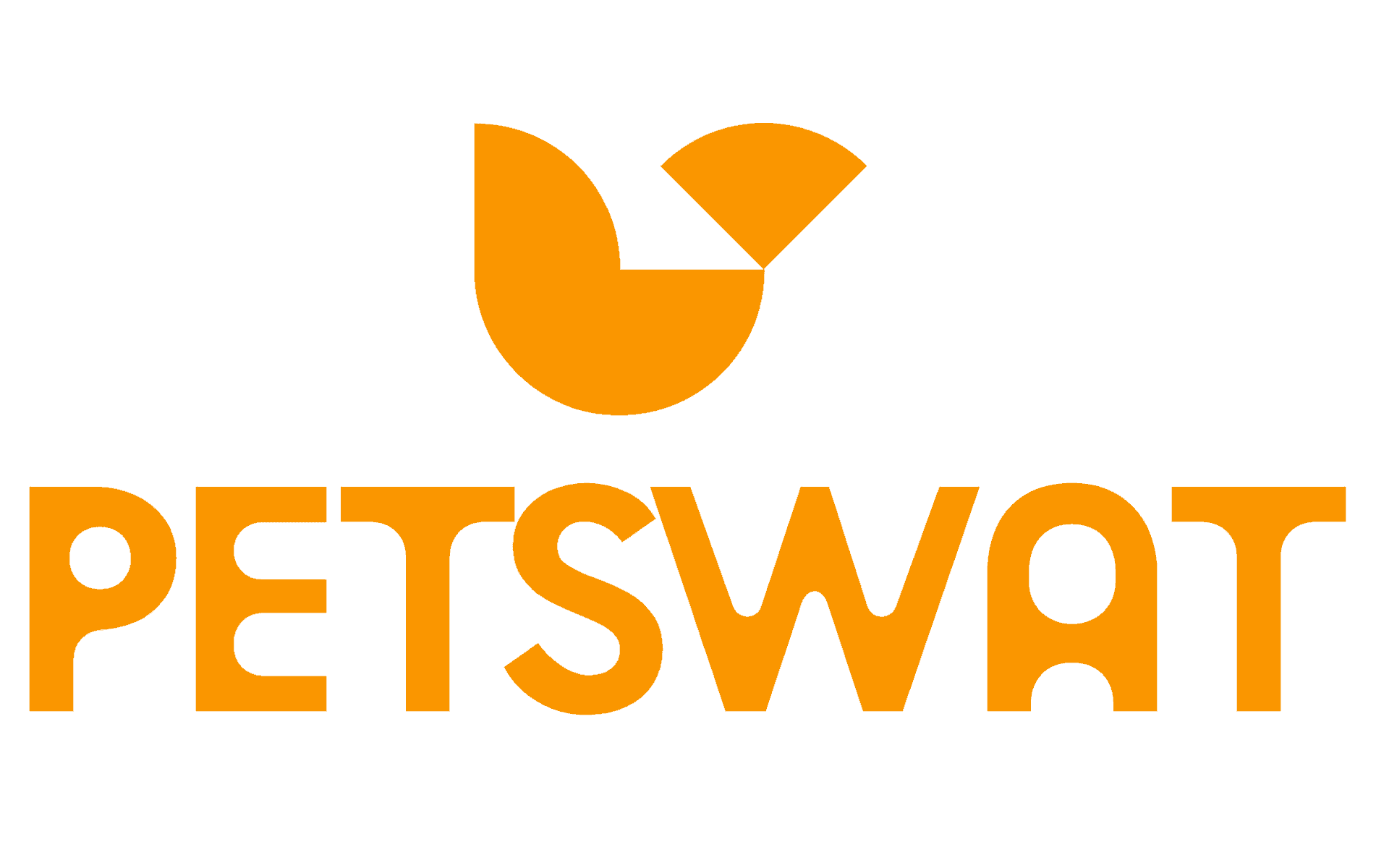tl;dr: Raw diet is a healthy option for cats
If you’re looking for a healthy and natural way to feed your cat, a raw diet may be the answer. A raw diet for cats consists of feeding them uncooked, fresh, and natural ingredients that mimic their ancestral diet. This article will explore the benefits of a raw diet for cats, what to include in their meals, how to transition them to this new diet, potential risks and precautions, common misconceptions, and why it’s a great choice for your feline friend.
Benefits of a raw diet for cats

Improved digestion
One of the key benefits of a raw diet for cats is improved digestion. Cats are obligate carnivores, which means their bodies are designed to digest and absorb nutrients from animal-based proteins. Raw meat, organs, and bones provide the necessary enzymes and nutrients that support a healthy digestive system. This can lead to reduced instances of vomiting, diarrhea, and other digestive issues.
Healthier skin and coat
Feeding your cat a raw diet can also result in healthier skin and a shinier coat. The natural oils found in raw meat help nourish their skin, reducing dryness and itchiness. Additionally, the high-quality proteins and essential fatty acids found in a raw diet promote a lustrous and soft coat, making your cat look and feel their best.
Increased energy levels
A raw diet can provide your cat with the energy they need to thrive. The high protein content in raw meat fuels their muscles and supports their active lifestyle. Cats on a raw diet often exhibit increased playfulness and vitality, as their bodies are receiving the nutrients necessary for optimal energy production.
Reduced risk of obesity
Obesity is a common health issue among cats, leading to various health problems. A raw diet can help prevent obesity by providing cats with a balanced and species-appropriate diet. Raw meat is low in carbohydrates and high in protein, which helps cats maintain a healthy weight. Additionally, the absence of processed fillers and additives in a raw diet reduces the risk of overeating and unnecessary weight gain.
What to include in a raw diet for cats

High-quality protein sources
When preparing a raw diet for your cat, it’s crucial to include high-quality protein sources. This can include raw muscle meat from animals such as chicken, turkey, beef, or fish. Aim for lean cuts and ensure the meat is fresh and free from any additives or preservatives.
Organ meats and bones
Organ meats and bones are essential components of a raw diet for cats. Organ meats like liver and kidney provide vital nutrients such as vitamins A, D, E, and K, as well as minerals like iron and zinc. Bones, on the other hand, help maintain dental health and provide calcium and other minerals. However, it’s important to feed bones that are safe for cats, such as raw chicken necks or wings, to avoid any choking hazards.
Supplements for balanced nutrition
To ensure your cat receives a balanced diet, it may be necessary to include supplements. Omega-3 fatty acids, such as fish oil, can help support their overall health and promote a healthy coat. Additionally, a feline-specific multivitamin can provide essential vitamins and minerals that may be lacking in their raw diet.
Transitioning your cat to a raw diet

Gradual introduction of raw food
When transitioning your cat to a raw diet, it’s important to do so gradually. Start by mixing a small amount of raw food with their current diet and gradually increase the proportion over time. This allows their digestive system to adjust and minimizes the chances of digestive upset.
Monitoring your cat’s response
Throughout the transition process, closely monitor your cat’s response to the raw diet. Look for any signs of discomfort, such as vomiting or diarrhea, and make adjustments accordingly. Every cat is unique, so it’s essential to tailor the diet to their specific needs.
Consulting with a veterinarian
Before making any significant changes to your cat’s diet, it’s always a good idea to consult with a veterinarian. They can provide guidance and ensure that your cat’s nutritional needs are being met. They may also recommend specific supplements or adjustments based on your cat’s individual health requirements.
Potential risks and precautions
Bacterial contamination
One potential risk of a raw diet for cats is the possibility of bacterial contamination. Raw meat can contain harmful bacteria such as Salmonella or E. coli, which can pose a risk to both cats and humans. It’s crucial to handle raw meat safely, following proper hygiene practices, and sourcing high-quality, human-grade ingredients to minimize this risk.
Imbalanced nutrition
Another concern with a raw diet is the potential for imbalanced nutrition. While raw meat provides many essential nutrients, it may lack certain vitamins and minerals. This is why it’s important to include a variety of protein sources and consider supplements to ensure your cat receives a well-rounded diet.
Choking hazards
Feeding bones to cats can present a choking hazard if not done correctly. Always choose bones that are appropriate for your cat’s size and supervise them while they eat. If your cat has a history of dental issues or difficulty chewing, it may be best to avoid feeding bones altogether.
Common misconceptions about raw diets for cats

– Raw diets are expensive: While it’s true that high-quality ingredients can be more expensive, feeding a raw diet doesn’t have to break the bank. With proper planning and sourcing, it can be affordable and cost-effective in the long run.
– Raw diets are time-consuming: While preparing a raw diet does require some time and effort, it can be simplified by batch cooking and meal prepping. Additionally, the health benefits for your cat make it worth the extra time investment.
– Raw diets are unsafe: With proper handling and sourcing of ingredients, a raw diet can be safe for cats. Following hygiene practices and consulting with a veterinarian can help mitigate any potential risks.
Conclusion

A raw diet can be a healthy and beneficial choice for your cat. It offers numerous advantages, including improved digestion, healthier skin and coat, increased energy levels, and a reduced risk of obesity. By including high-quality protein sources, organ meats, and bones, as well as necessary supplements, you can provide a balanced and species-appropriate diet for your feline friend.
Remember to transition your cat gradually, monitor their response, and consult with a veterinarian for personalized guidance. With proper precautions and understanding, a raw diet can contribute to your cat’s overall health and well-being.
FAQ
-
Is a raw food diet good for cats?
A raw food diet can be beneficial for cats as it closely mimics their natural diet in the wild. It provides them with essential nutrients and enzymes that can improve their overall health and well-being.
-
What should cats eat on a raw diet?
Cats on a raw diet should primarily consume raw meat, including muscle meat, organs, and bones. It is important to provide a balanced diet that includes a variety of protein sources, such as chicken, beef, and fish. Additionally, some cat owners also include small amounts of vegetables and supplements to ensure their cats receive all the necessary nutrients.
Originally posted 2023-08-11 02:45:33.
Johny is a dedicated pet enthusiast, author, and the driving force behind the insightful content at PetSWAT. With a deep passion for animals and a wealth of knowledge acquired through years of experience, Johny brings a unique perspective to the world of pet care and companionship.

